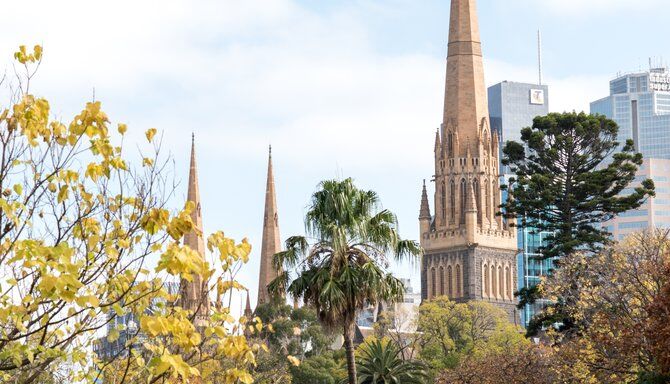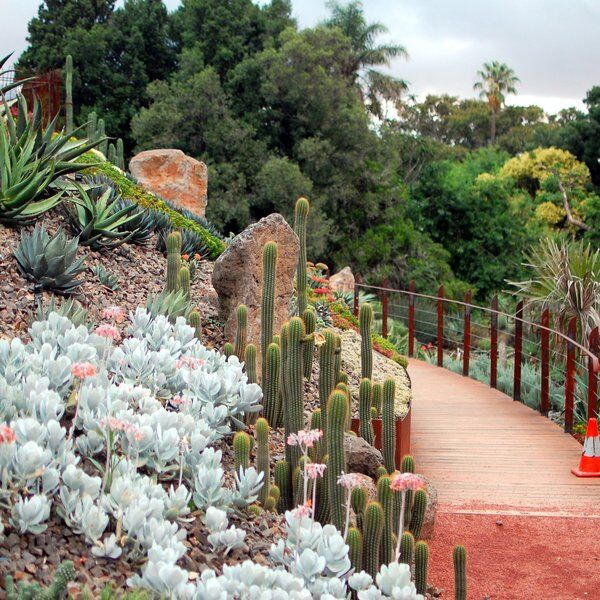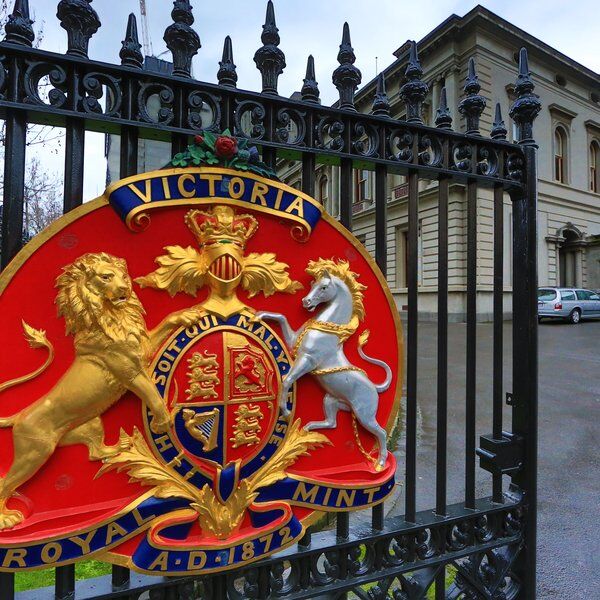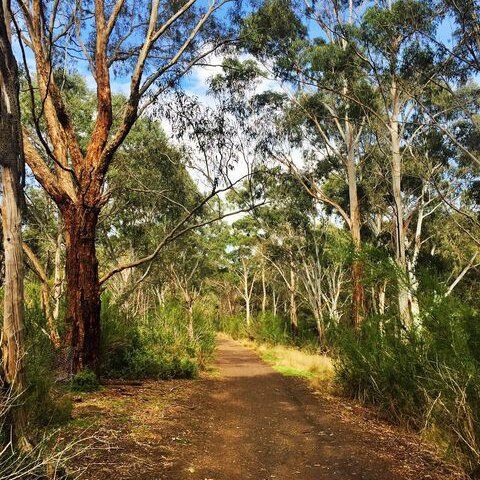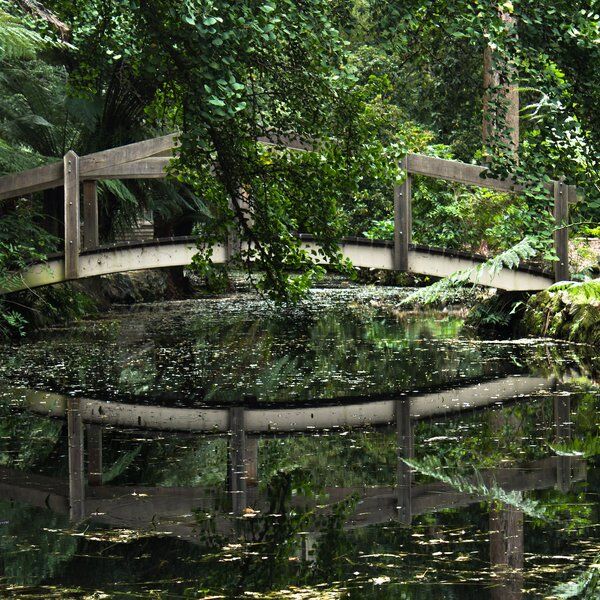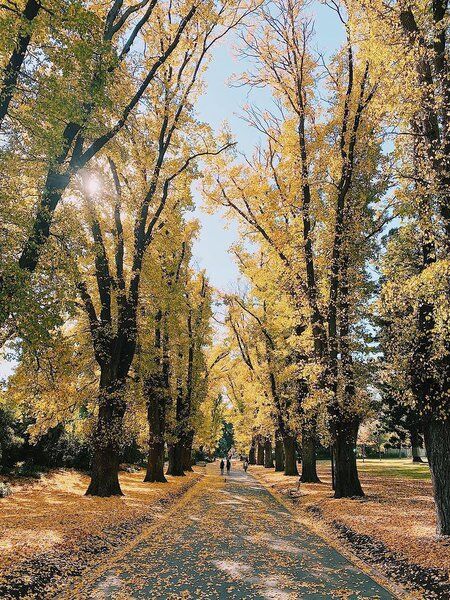
Originally, this historically rich landscape was set aside as a reserve in 1848 and named after Sir Charles Augustus Fitzroy, Governor of New South Wales 1846-1851. The development of the Gardens was overseen in 1860 by Deputy Surveyor-General Clement Hodgkinson, with the assistance of James Sinclair, who was appointed head gardener in 1857. Today, the Gardens — entrusted to the care of the City of Melbourne — are one of Melbourne’s principal features, attracting over 2 million visitors annually.
What’s in the Fitzroy Gardens?
Cooks’ Cottage and the Conservatory
The avenues of Fitzroy Gardens are lined with English elms, flowerbeds, expansive lawns, fountains and a creek. There's a children's playground and cultural highlights include Cook’s Cottage; the historically significant Captain Cook’s 1755 family home, relocated from Yorkshire and reassembled in the Gardens in the 1930s. Nearby is a visitor information centre — opened in 1914 — with the Pavillion Cafe attached and the delightful 1930s Conservatory.

The Conservatory is considered the Gardens’ star attraction and currently showcases five floral displays each year. This means that it's in full bloom all year round with an integrated mix of hydrangeas, fuchsias, begonias, cyclamens and calceolarias.

Model Tudor Village and The Fairy Tree
In the centre of the Fitzroy Gardens is a Model Tudor Village, created in the 1940s by a London pensioner, Edgar Wilson, and unveiled by the Right Honourable Lord Mayor of Melbourne, Councillor Sir Raymond Connelly, on 21st May 1948. Wilson created the Village in a recognition of and as thank you for Melbourne’s generosity in sending food to Britain during WWII. The Village is composed of various thatched cottages, a village church, school, hotel, barns, stocks, pump, and is similar to a village of England’s Tudor period.
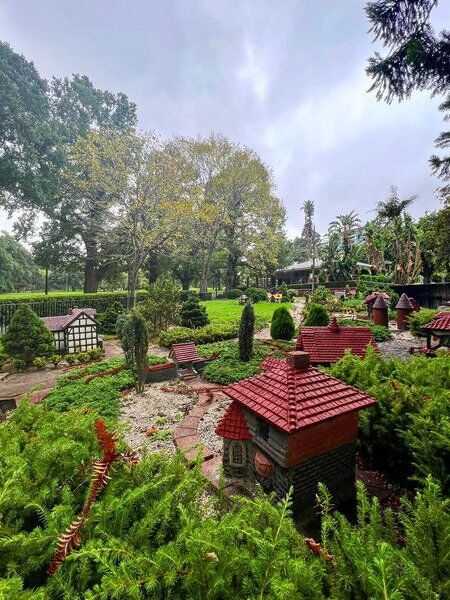
Next to the Model Village is writer Ola Cohn’s carved Fairies' Tree; a 300-year old stump embellished with fairies, pixies, kangaroos, emus and possums, in the 1930s.
Cohn’s intentions for the tree are described on its plaque:
I have carved in a tree in the Fitzroy Gardens for you, and the fairies, but mostly for the fairies and those who believe in them, for they will understand how necessary it is to have a fairy sanctuary - a place that is sacred and safe as a home should be to all living creatures.
The carvings were done years after the death of the tree and so the preservation of the trunk came into question. In 1977, the trunk was extracted from the ground for chemical treatment and to remove any rot. During this period an immaculately preserved 40 year old mummified brushtail possum was discovered within the trunk. The tree was then remounted on a concrete base to prolong its life.

The Scarred Tree
Between Cooks’ Cottage and the Fairy Tree lies what is known as the Scarred Tree. The tree is registered on the Aboriginal Heritage Register and a plaque at the bottom of the tree partially reads:
The scar on this tree was created when Aboriginal people removed bark to make canoes, shields, food and water containers, string, baby carriers and other items.
Wildlife in the Fitzroy Gardens
Be sure to keep an eye out for a vast array of Wildlife as you venture through the Gardens. There are brushtail and ringtail possums, rainbow lorikeets, ducks and microbats (small insect eating bats). At night they are visited by grey-headed flying foxes (a type of bat that eats nectar and fruit) and owls. The exhibition of Australian wildlife makes the Fitzroy Gardens particularly interesting to international visitors, who wouldn’t normally encounter these animals.
(Another great place in Melbourne to experience Australia's native wildlife, is in the Organ Pipes National Park!)

Fitzroy Gardens’ Heritage Listing
The Fitzroy Gardens are of historical, aesthetic, architectural, scientific (horticultural) and social significance to the State of Victoria. Why is it significant? The Fitzroy Gardens are of historical significance as one of a ring of public reserves around Melbourne established in the nineteenth century to provide respite and relaxation for the city's residents... They are also a reminder of the city's relatively large investment in public gardens, a reflection of 19th century beliefs about the moral and health benefits of green spaces in often dirty, smelly and overcrowded cities.
For those looking for a quiet place to relax, the Gardens are blissfully underused especially on weekends. So you can always find a secluded spot from which to admire the avenues of mature elms and other rare types of flora from the 19th century.
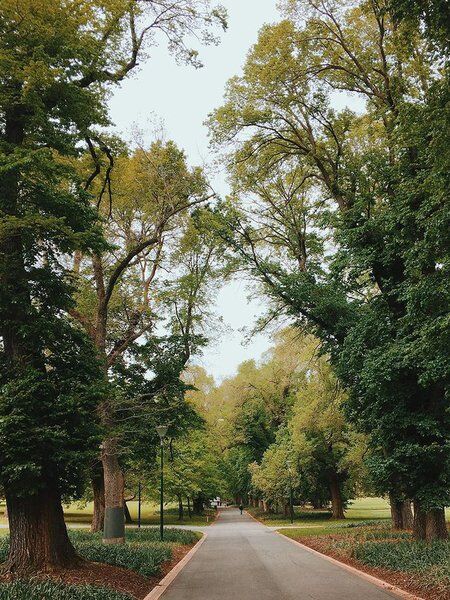
Our thoughts…
If you find yourselves in need of a calculated retreat amidst Melbourne’s busy cityscape, then step east off Spring Street into Fitzroy Gardens, or colloquially 'Melbourne’s Backyard'. From here you can take a stroll around one of Australia's major Victorian-era landscaped gardens, which attest to Melbourne's claim to the title 'Garden City of Australia'.

Interested in finding more places like this? Why not try one of our Melbourne Scavenger Hunts — work as a team to overcome cryptic riddles and allow yourselves to be swept off the beaten track on a journey to discover all the quirky bars and unusual sites Melbourne has to offer.
Alternatively, please see further information about the Fitzroy Gardens below.
